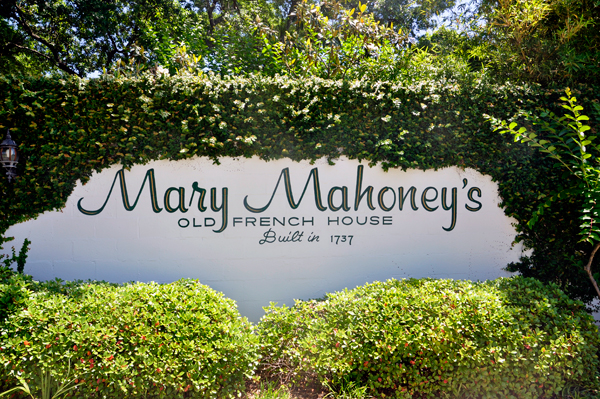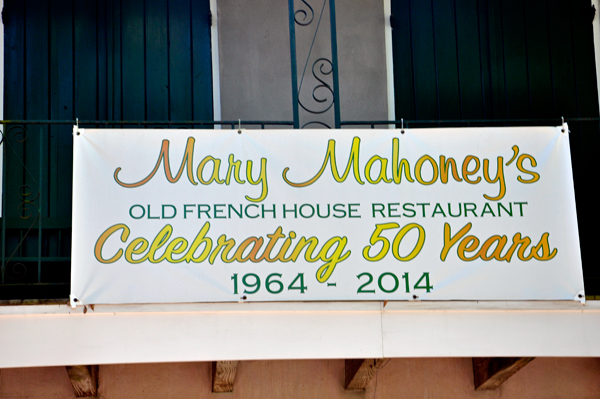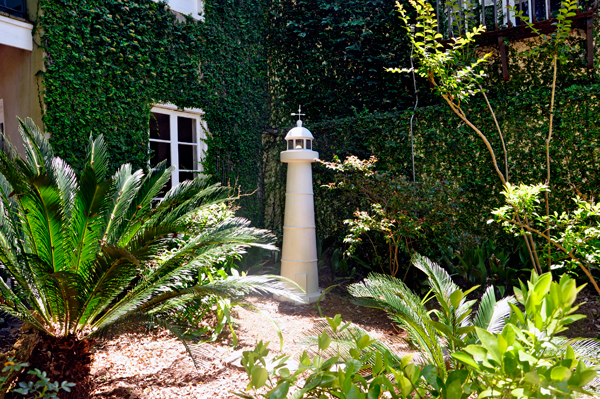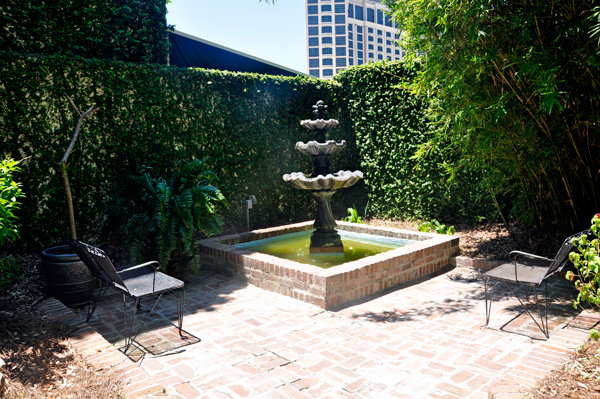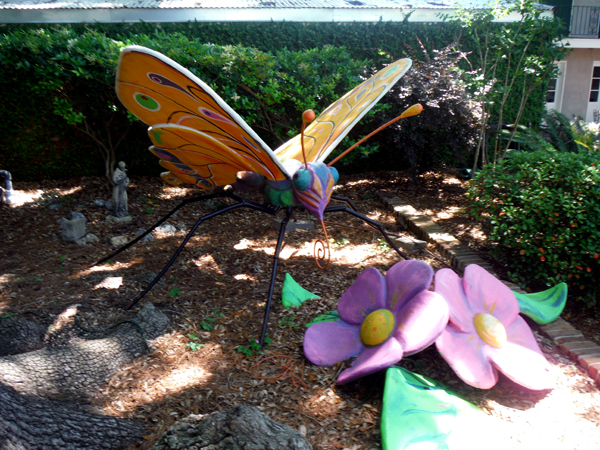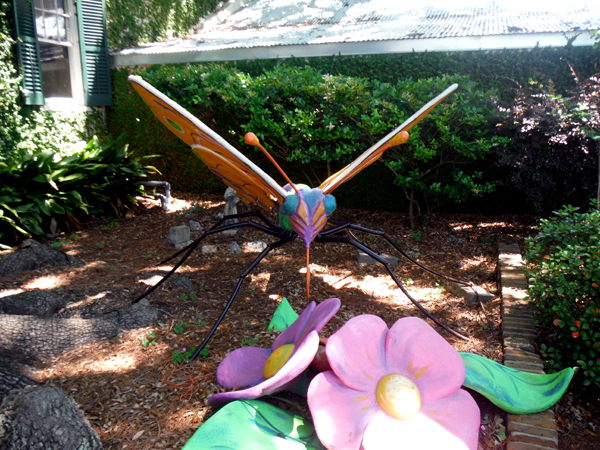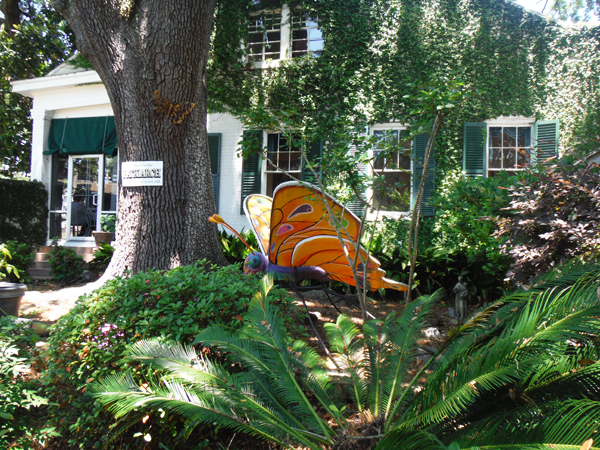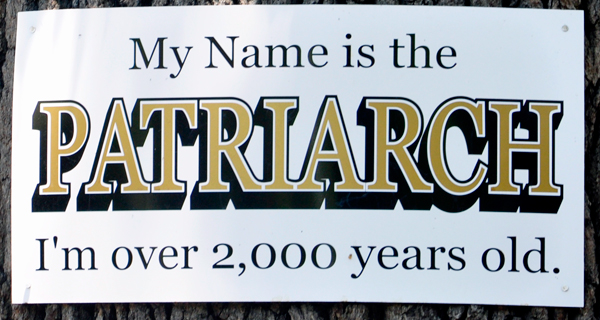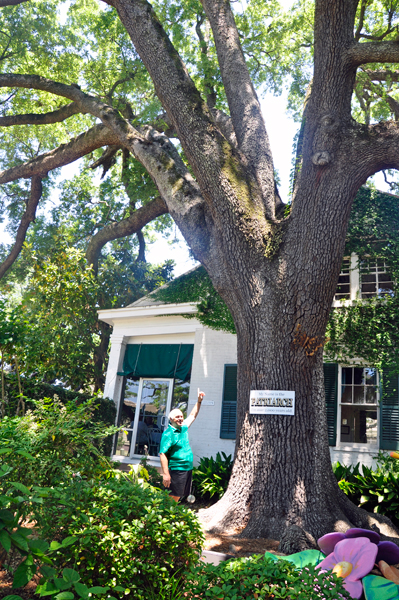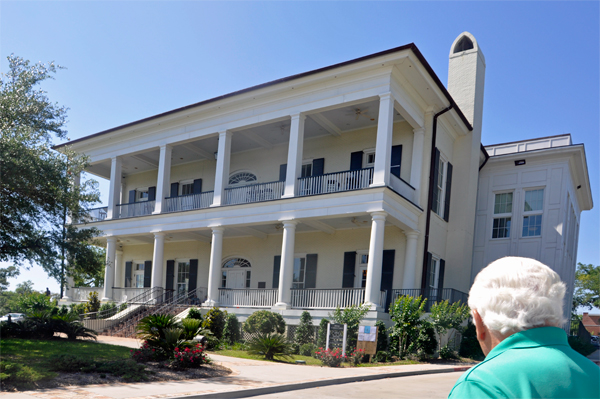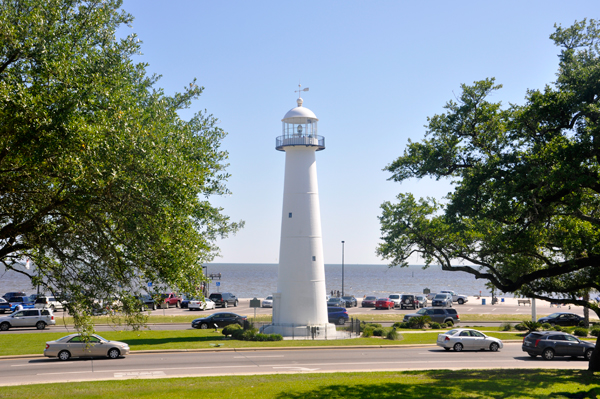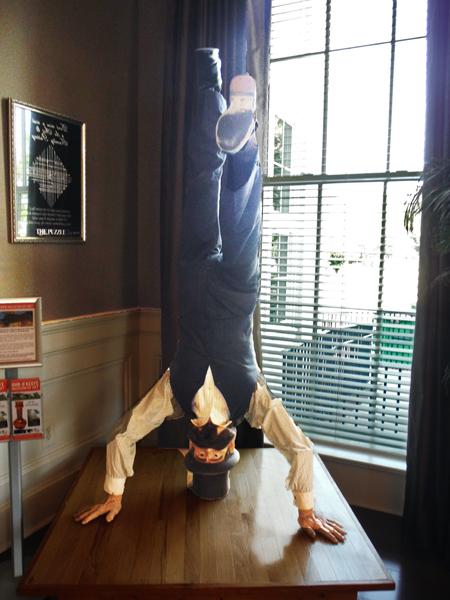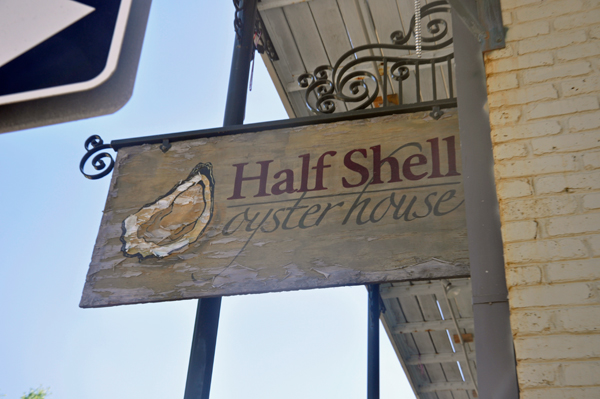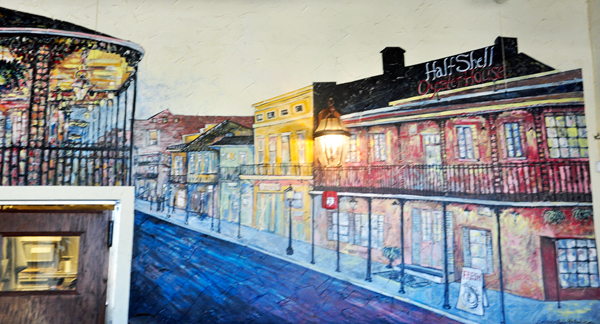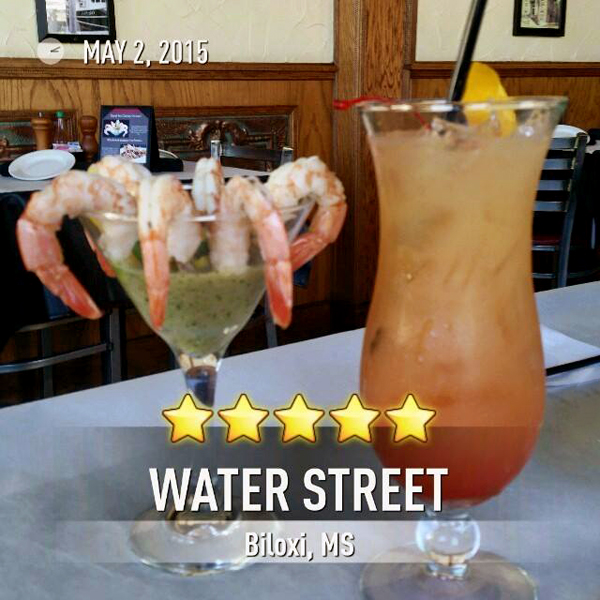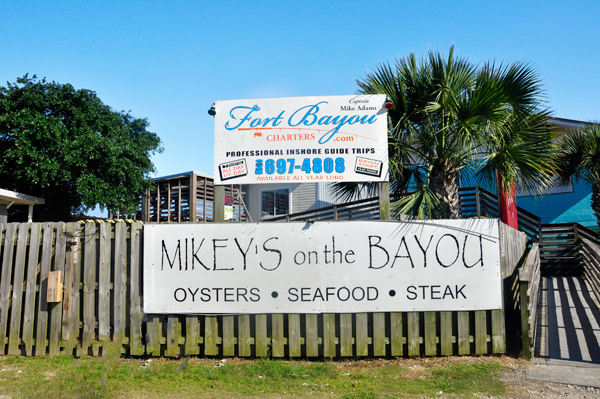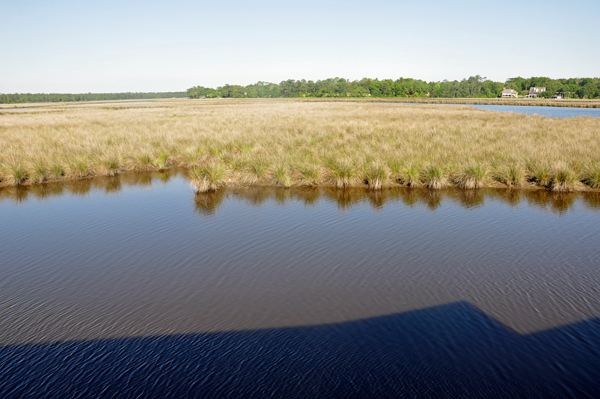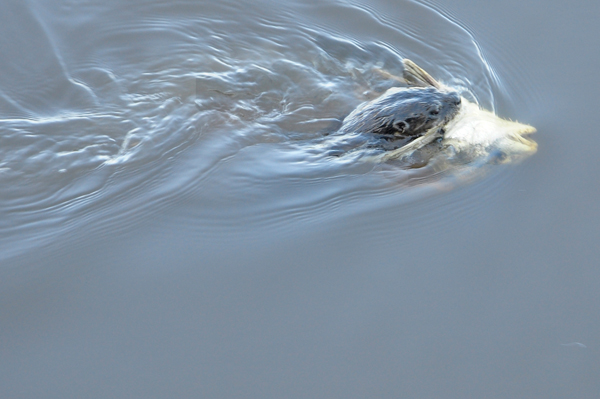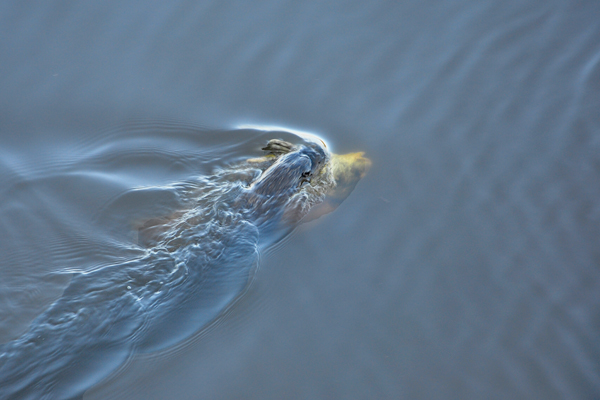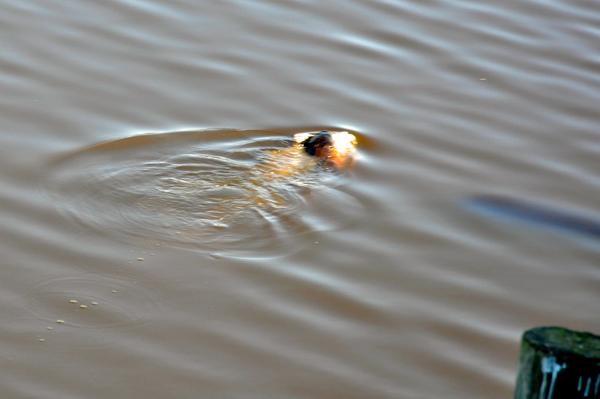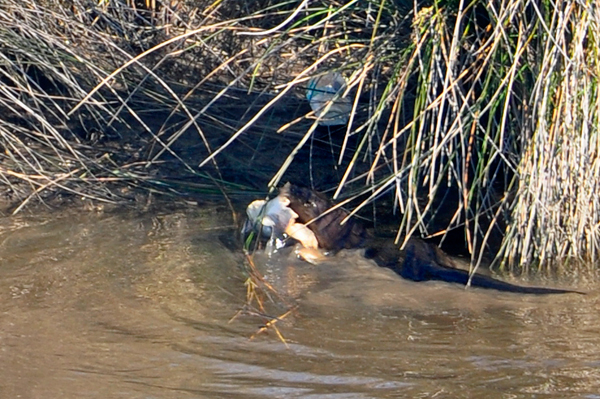|
|
Mary Mahoney's is said to serve an upscale
and elegant meal in one of the South's most unique restaurants, centered
around one of the oldest homes in America. There is an elegant New Orleans
style courtyard under the canopy of a centuries old live oak, where
for 50 years, presidents, dignitaries, celebrities, and millions of
others have experienced the rich history and legendary cuisine of Mary
Mahoney's. |
|
|
|
|
|
 French
colonist Louis Frasier built this home in 1737 as an
outpost of European culture on the shore of a new world. It is proudly
and magnificently French, with the same high ceilings characteristic
of the Vieux Carr apartments in New Orleans. Frasier built his home
of hand-made brick, with wooden pegged columns of cypress. Slate for
the roof came over as a ballast in the holds of French sailing ships.
The brick-walled cellar is unusual in this damp region, yet it is so
bone dry that previous owners have used it to store books. It now serves
as a wine cellar. French
colonist Louis Frasier built this home in 1737 as an
outpost of European culture on the shore of a new world. It is proudly
and magnificently French, with the same high ceilings characteristic
of the Vieux Carr apartments in New Orleans. Frasier built his home
of hand-made brick, with wooden pegged columns of cypress. Slate for
the roof came over as a ballast in the holds of French sailing ships.
The brick-walled cellar is unusual in this damp region, yet it is so
bone dry that previous owners have used it to store books. It now serves
as a wine cellar.
The
Old French House predates American independence by more than three decades.
French Governor Jean Baptiste Bienville commanded the entire Louisiana
Territory from his quarters here. Records are scarce, but the house
remained with Frasier’s heirs until 1820. Before joining the United
States with the Louisiana Purchase, subsequent residents were of varied
nationalities as the colony came under French, Spanish, German and English
influence. The Old French House remained a residence until 1962, when
it was acquired by Mary Mahoney, her husband Bob, and her brother Andrew
Cvitanovich. Great care has been taken to preserve the charm and character
of this venerable landmark, with its exposed brick walls, heart-pine
floors, and open fireplaces.
When Hurricane Katrina struck on August 29, 2005, the Mahoney’s
moved everything as high as they could. The 28-plus foot storm surge
washed through the entire complex damaging the dining rooms, kitchen,
and historical artifacts. The total loss of their own personal homes.
(source: http://southernlagniappe.blogspot.com/2014/02/mary-mahoneys-old-french-house.html)
|
|
Below: The tree is registered with the Live Oak Society
and survived Hurricane Camille in 1969, and Katrina in 2005.
|
|
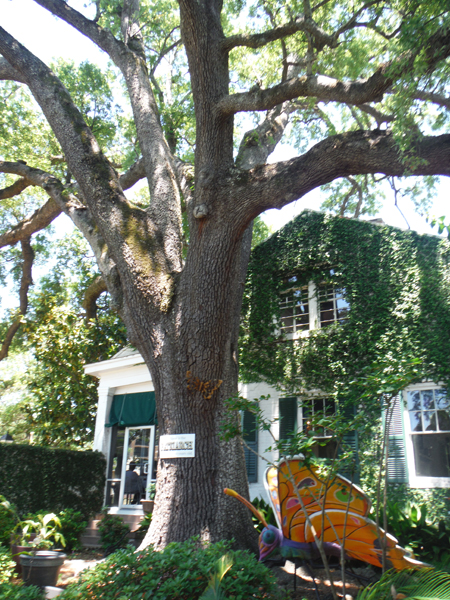 |
Below: Biloxi Welcome Center |
Below: Biloxi Lighthouse |
|
|
Biloxi Light is a lighthouse
in Biloxi, Mississippi, adjacent to the Mississippi Sound of the Gulf
of Mexico. The lighthouse has been kept by female keepers for more years
than any other lighthouse in the United States. It was listed on the
National Register of Historic Places in 1973 and declared a
Mississippi Landmark in 1987. |
|
 On
March 3, 1847, the United States Congress authorized $12,000 for the
construction of a lighthouse at Biloxi. The United States Department
of the Treasury signed a contract dated October 15, 1847, for Murray
& Hazlehurst to build an iron lighthouse for $6,347.00. The keeper's
house was contracted separately. The Collector at Mobile, Alabama, purchased
the site. The tower was completed and placed in operation in 1848. The
tower was 45 feet from the base to the lantern room and displayed nine
lamps. The first keeper was Marcellus J. Howard. On
March 3, 1847, the United States Congress authorized $12,000 for the
construction of a lighthouse at Biloxi. The United States Department
of the Treasury signed a contract dated October 15, 1847, for Murray
& Hazlehurst to build an iron lighthouse for $6,347.00. The keeper's
house was contracted separately. The Collector at Mobile, Alabama, purchased
the site. The tower was completed and placed in operation in 1848. The
tower was 45 feet from the base to the lantern room and displayed nine
lamps. The first keeper was Marcellus J. Howard.
In 1860 a hurricane swept the coast and destroyed some lighthouses,
but not the Biloxi light. During a storm in 1860, a portion of the sand
under the lighthouse eroded away, causing the structure to lean. Later
more sand was removed from the opposite side to correct this. Local
authorities ordered that the light be extinguished on June 18, 1861.
The light was repaired and returned to service by November 15, 1866.
In 1868 the tower was painted white and almost fell during a hurricane
that year. The seawall was washed away and the tower threatened during
a hurricane on October 1, 1893. In 1916 the light was again damaged
by a hurricane. In 1927 the station was electrified.
In 1969 the keeper's house was destroyed by Hurricane Camille. The
tower is now owned by the City of Biloxi and is operated as a private
aid to navigation. In 2005, the lighthouse was damaged by Hurricane
Katrina. Restoration was completed with a re-lighting ceremony on February
19, 2010. |
|
Below: Half Shell Oyster House
sign and a nice mural inside the restaurant. |
|
|
|
Below: Mikey's on the Bayou Restaurant
|
|
|
|
Below: While dining at Mikey's on the Bayou,
the two RV Gypsies watched an otter catch a big catfish. |
|
|
Below: Then the otter swam to its den
to dine on the catfish. |
|
|
